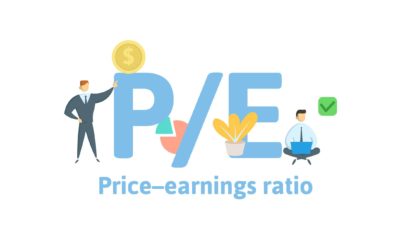The price to earnings (P/E) ratio has for a long time been a popular valuation metric, but is it still relevant?
Some of the best performing shares on ASX over the last year such as WiseTech Global Ltd (ASX: WTC), Appen Ltd (ASX: APX), Afterpay Touch Group Ltd (ASX: APT) and A2 Milk Company Ltd (ASX: A2M) have much higher PE ratios than the market average.
Indeed even some of the high-flying tech companies in the US take it a step further with negative PE ratios (i.e. they are not yet profitable).
Shares in Tesla for example, are up over 1,000% in just six years since November 2012 and yet the US$58 billion company has never made a profit.
So is the PE ratio dead?
Technology has changed business economics
The rise of technology has led to business models that are highly scalable, with high gross margins that are underpinned by intangible assets.
Many of these technologies rely on 'network effects' and the stickiness of their products to lock in customers for a very long time.
That is why in the early stages, these companies are less concerned with profits but are more concerned with sales growth and capturing a larger portion of the market.
That is also why many of these companies initially offer free or cheaper versions of their products with the hope of getting more sales from those customers once trust is built. This is called a 'land and expand' strategy.
Foolish takeaway
I don't think the PE ratio is redundant but rather it (and other ratios) should be taken in the overall context of the business and management's strategy to deliver long term value for shareholders.
The price to sales and price to earnings growth ratios complement the PE ratio but the most important thing is forward thinking. You should also understand the market opportunity, and whether the company is well placed to capture that market.
Are you looking to boost your portfolio by investing in a top emerging trend? This free report identifies how you might be able to profit from this trillion dollar market.



